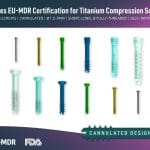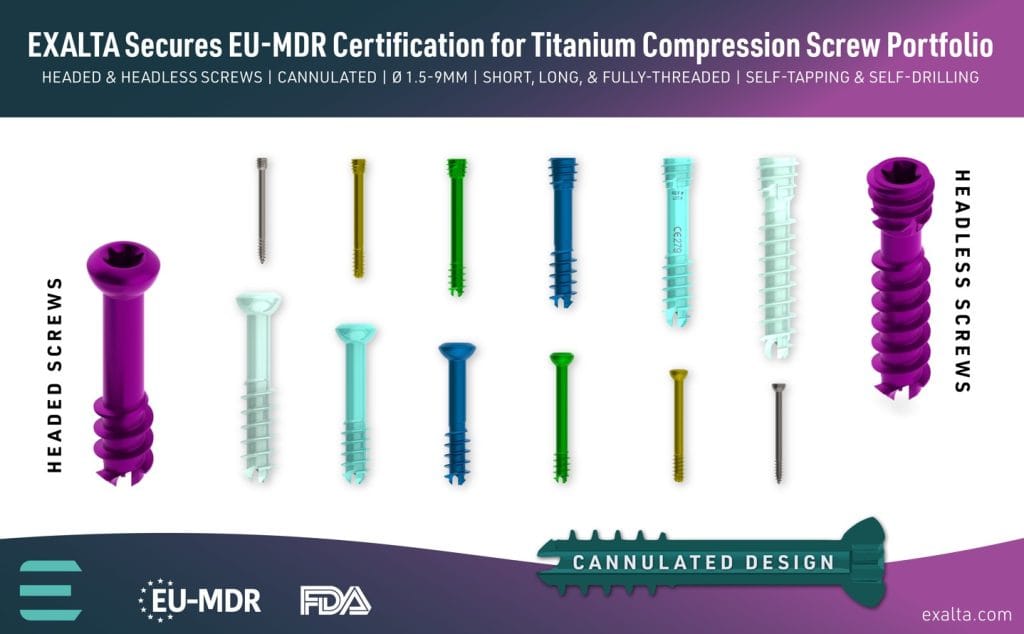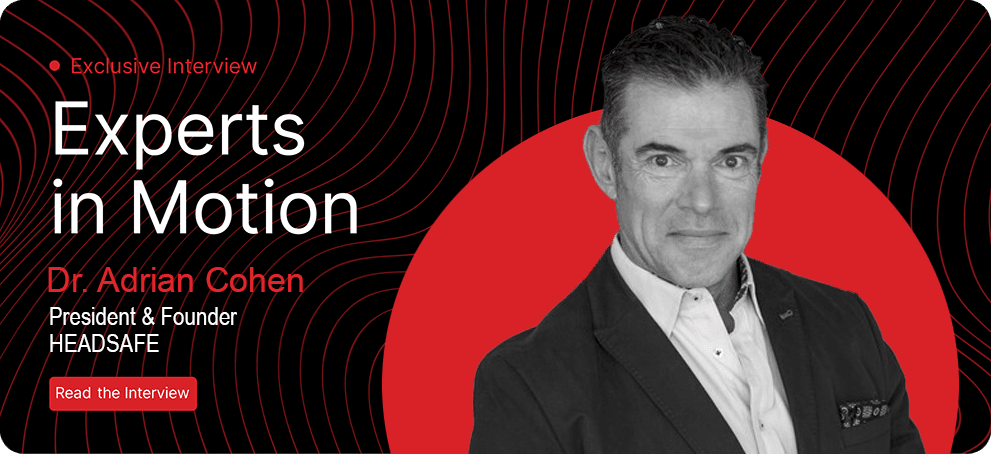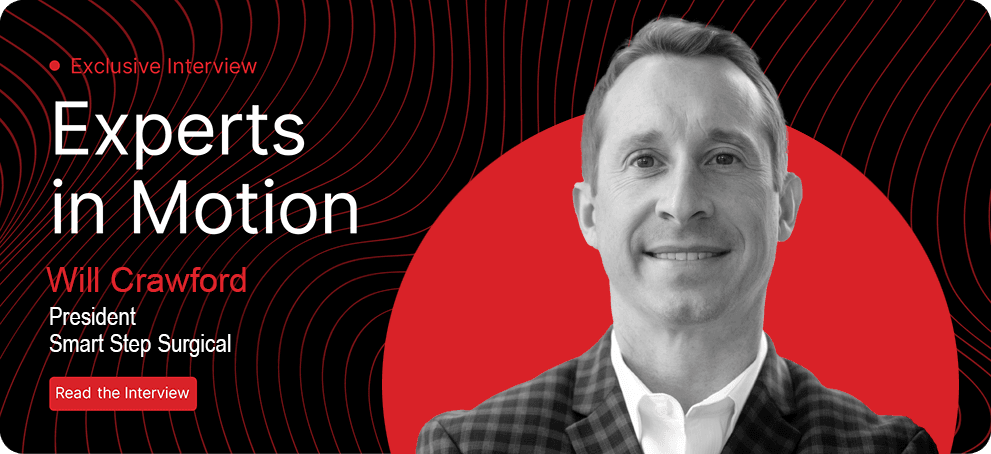Exclusive Interview: Inside Andy Rock’s Groundbreaking MedTech Journey – From Startup Launch to Global Impact
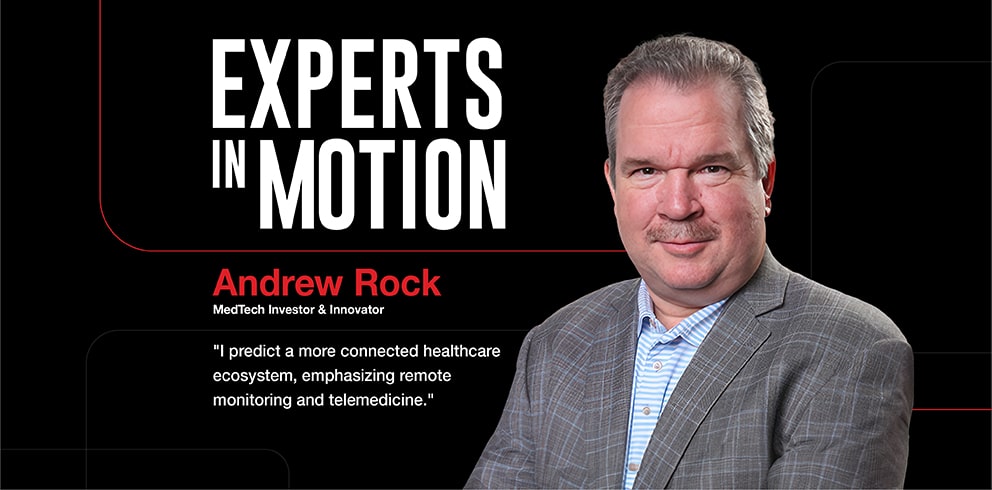

In this captivating conversation, I have the pleasure of sitting with my old friend Andy Rock, a renowned personality in the MedTech world. Andy’s fascinating professional journey, beginning in the early 1990s with Danek, through his pivotal role as a co-founder of K2M, to some of his current initiatives with NeuroSpine Ventures, is a narrative of relentless innovation, unwavering dedication, and significant value creation. We’ll discover Andy’s early influences, his strategic transition into healthcare, and the pivotal experiences that elevated him to his current leadership status. It’s a story rich with challenges, breakthroughs, and the evolution of a visionary reshaping the landscape of patient care.”
GV: Andy, it’s so great to have you here. We’ve been through a lot together in the MedTech industry. Could you share with our readers where it all started for you?
Andy Rock (AR): Thanks, Guillaume; catching up with you is always good. My MedTech journey? Well, it’s been full of twists and turns. From my early days to where I am now, it’s been about growth, building teams, execution, and checking one’s ego at the door. Plus, hard work!
GV: Let’s rewind to the start. You’ve always had a thing for mechanics and medicine, right?
AR: Absolutely. I’ve been curious about how things work since I was a kid. Remember the game Operation? I was obsessed with taking things apart to see how they work. Also, my stepfather’s work in the beginnings of physical therapy opened my eyes to the world of medicine. This fascination led me to study engineering in college, but after reading Lee Iacocca’s autobiography, I found myself drawn to the business side of technology.
GV: That’s quite a pivot. How did your college days and early career shape your path to the MedTech industry?
AR: College was a time of discovery for me. Switching from engineering to finance and marketing was a pivotal move. Upon graduating in 1986, I worked in different industries, from Fortune 25 conglomerate automotive division to publishing and M&A due diligence with VC syndicates. Each role taught me something new – from product/marketing management to strategic planning/problem-solving, customer engagement, and sales. These lessons were my stepping stones into Medical Devices.
GV: What made you leap from publishing to healthcare?
AR: It was a mix of seizing an opportunity and following my passion. I stumbled upon a mid-sized orthopedic distributorship job in the mid-Atlantic by randomly bumping into a friend, Phil Meikle, from University Days at WVU. The nature of the field, especially spine in its infancy, and the profound impact of orthopedic and surgical products on patient care resonated deeply with me. It was like all my passions aligned perfectly.
I have to say that the early days were tough. Grasping the complex medical scene and making my mark in a competitive landscape was daunting. However, applying my business and technical skills to medical technologies’ unique demands worked. I began to build relationships quickly with surgeons around the country and enjoyed every minute of it. Plus, I was lucky enough to have a gifted academic surgeon become a mentor. F. Todd Wetzel, MD, still is my mentor to the present day.
GV: OK, we are now in 1993, and you earned the opportunity to launch your MedTech distributorship. Was it a ride in the park, or did you face major hurdles?
AR: Never a ride in the park; it was a whole new challenge and a huge opportunity. I was able to qualify for distribution rights with Danek Medical before the acquisition of Sofamor. Rock Surgical Associates experienced growth above 200% in less than 7 months through hard work and building a sales team and office infrastructure. Substantial growth continued through 1996.
Then, in 1997, RSA pivoted into the “cage rage” that many of your readers may remember. I added multiple product lines to our distributorship, including becoming the leading distributor of BrainLab and Moeller Microsurgical, the infancy of enabling technology. During that time, I also started partnering with Wright Medical, Nuvasive, Alphatec, and many industry players. A lot was going on in the industry then, and I was in the middle.
GV: In your journey as a distributor, how did you grow?
AR: It was basic; we focused on understanding the surgeons’, hospitals’, and patients’ needed. That drove our expansion. Building strong ties with medical professionals and aligning our offerings with their needs will always be the key. If you are a good listener, things come a lot easier.
GV: Now, moving from distribution to manufacturing and product development – how did that happen?
AR: That shift was advised by the Executive Management at Wright Medical, Judy Lyndstrom, all about getting closer to innovation. Seeing the market’s gaps and needs, I knew manufacturing and developing new technologies could make a bigger difference. I sold my distributorship in 2003 and recognized the need for more innovative spinal solutions. The shift to being in Manufacturing, leading Sales and Marketing at American Osteomedix, and later Co-Founder of K2M meant building a great team, diving into R&D, and embracing the complexities of MedTech product development. It was quite the leap from being a distributor to an innovator, but it was necessary to make a real difference, and that led to the creation of K2M with Eric Major, Rich Woods, Lewis Parker, and Dr. John Kostuik initial IP from Facentics in 2004.
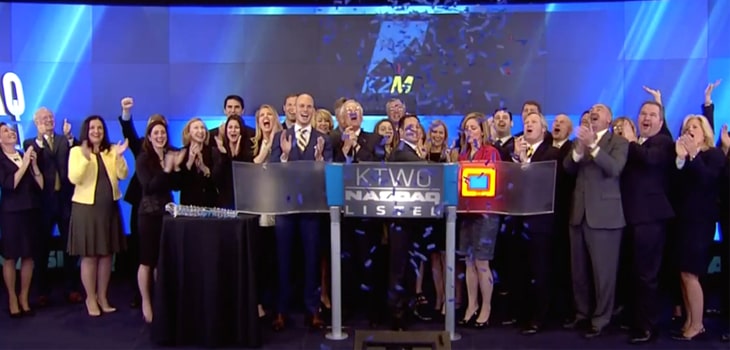

GV: K2M was obviously a huge success story as it ended up being acquired in 2018 by Stryker for $1.2 billion, so can you tell me about the philosophy behind the creation?
AR: Absolutely, Guillaume. K2M was born from a desire to revolutionize spinal treatment. We saw a gap in how complex spinal pathologies were being addressed and wanted to create innovative and highly effective solutions. The journey involved intense research, collaboration with medical experts, and a deep commitment to improving patient outcomes.
GV: What were some of the challenges and milestones in growing K2M?
AR: The early days were challenging. We had to navigate a complicated regulatory environment, secure funding, and build a team that shared our vision. One of our significant milestones was the development of our breakthrough spinal technologies, Mesa and The Range Complex Spine Reconstruction System, along with The Serengeti MISS and Ravine Lateral, which set new standards in the industry. Another was going public after becoming part of Welsh, Carson, Anderson & Stowe (WCAS) Private Equity Group, a testament to our growth and impact.
GV: The impact of K2M in the industry, particularly its acquisition, must have been a defining moment.
AR: Indeed, the acquisition by Stryker was a defining moment. It was a recognition of the value created by the K2M Team and the impact of our technologies in the U.S. and worldwide. It also marked a new chapter, allowing the innovations of K2M to reach a broader audience and make even greater impacts.
GV: After K2M, you ventured into chairing and serving on Board of Directors in addition to investing and consulting. What sparked this transition?
AR: Post-K2M, I wanted to leverage my experience to nurture the next generation of MedTech innovations. Investing and advising startups allowed me to contribute to the industry’s growth, sharing insights and guiding early-stage companies.
GV: Can you tell us more about your role with your Angel investment group, Neurospine Ventures, and what can you tell us about your investment strategies and decision-making in MedTech startups?
AR: We focused on identifying startups with groundbreaking ideas and the potential to revolutionize patient care. The decision-making is a mix of assessing technological potential, market viability, and the team’s passion and capability to bring their ideas to fruition.
GV: We are in 2024, and you are busier than ever, so how do you balance your various roles in the MedTech ecosystem?
AR: It’s about compartmentalizing while keeping the overarching goal in mind – advancing MedTech innovation. Whether I’m advising, investing, or participating on a board, the focus remains on how we can collectively push the industry forward.
GV: What new trends and their implications do you see shaping MedTech’s future?
AR: Integrating AI and machine learning are revolutionizing diagnostics, surgical techniques, surgical suite workflow, and patient care. Another trend is personalized medicine, tailoring treatments to individual patient needs. These advancements are transforming the industry, but they also bring challenges regarding data management and ethical considerations.
GV: What challenges do you foresee for startups and established companies in MedTech?
AR: For startups, it’s often about securing funding and navigating regulatory pathways. For established companies, it’s about continual innovation and adapting to a changing healthcare landscape. Both face the challenge of keeping pace with technological advancements while maintaining patient safety and efficacy.
GV: As we look to the future, what are your predictions for healthcare technology?
AR: The future is incredibly promising. I predict a more connected healthcare ecosystem, emphasizing remote monitoring and telemedicine. Advances in biotechnology and regenerative medicine are also on the horizon, which could redefine treatment approaches.
GV: Finally, Andy, what advice would you offer aspiring MedTech professionals and entrepreneurs?
AR: My main advice is to be fearless in innovation but always grounded in the reality of customer and patient needs. Embrace change, keep learning, and don’t be afraid to challenge the status quo.
GV: It’s been an honor and a pleasure discussing these insights with you, Andy. Your journey and perspectives are invaluable to our readers.
AR: Thank you, Guillaume. It’s always a pleasure to share thoughts with a friend and fellow MedTech enthusiast.


